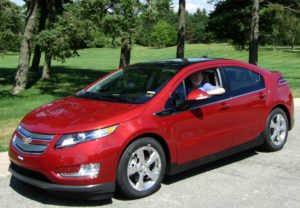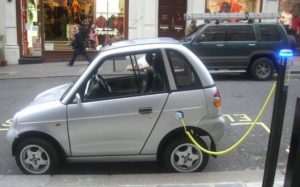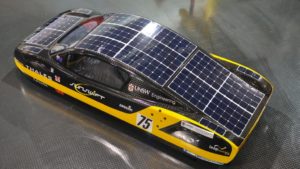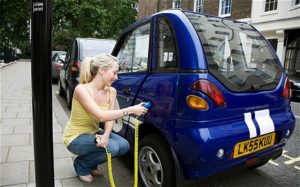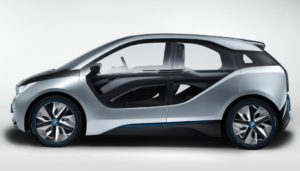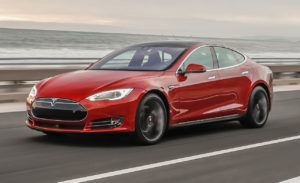 Take the Tesla Model S all-electric car test drive and prepare to be amazed. This is the first time the writer has had an opportunity to drive this particular car. It was truly fantastic in many ways. But first a little background. As an average consumer, I cannot really afford this particular car. I told the salesperson when they asked me if I was interested in the car. The new Model 3 is more in my league with a base price of $35,000 vs. the Model S at $70,000 US. I took a fully upgraded Model S out for a drive. It was listed at $132,000 US with the full sports package, low profile racing tires and rims, etc. They did not seem to mind and offered the test drive to me in any case.
Take the Tesla Model S all-electric car test drive and prepare to be amazed. This is the first time the writer has had an opportunity to drive this particular car. It was truly fantastic in many ways. But first a little background. As an average consumer, I cannot really afford this particular car. I told the salesperson when they asked me if I was interested in the car. The new Model 3 is more in my league with a base price of $35,000 vs. the Model S at $70,000 US. I took a fully upgraded Model S out for a drive. It was listed at $132,000 US with the full sports package, low profile racing tires and rims, etc. They did not seem to mind and offered the test drive to me in any case.
Tesla Model S All Electric Car Test Drive Review
The test drive lasted approximately 30 minutes. It consisted of city driving, highway driving, and cornering on curving mountain roads. A pretty good test for such a short time frame. There are many features on this car, however, I will just cover a few that really stood out for this test driver.
The salesperson was excellent, gave clear instructions, and probably has nerves of steel. Considering what the car is capable of he really was calm throughout the entire drive.
Our Review
Self Parking – The Tesla Model S self-parks perfectly in both parallel and mall parking situations. All you need to do is drive the car into a proper position aligned with the car ahead of the parking spot, place the car in reverse and touch the auto park icon on the screen. It does the rest and comes to a full stop properly positioned between the car in front and the car behind as well as 6 inches from the curb! The same applies to backing into a mall parking spot. It also parks itself in your garage, but obviously, we could not test this feature.
Auto Driving – is where the real action starts. We took the car up to the designated highway speed, turned on the autopilot, and took our hands off the wheel. It maintained the proper position on the road with no difficulty whatsoever. It uses the white lines on the road to maintain position in the lane. Occasionally they would disappear and the car would shift a bit in the lane and then correct itself.
There are all sorts of settings, however, for this test drive, the autopilot was set to follow a car in front to two car lengths spacing. A car pulled in front of us and then turned down a side street. In both cases, our car slowed and even came to a full stop while we waited for the car in front to turn right. It started automatically and came back to full speed once the way was clear.
Changing lanes is really neat. After checking that there are no cars blocking the lane that you are moving to, simply turn the turn signal control in the direction you want to move to and the car moves over. Of course, if there already was a car too close, it would cancel the lane change.
More Features
Speed Control – almost all cars have speed control, which of course the Model S does. It works closely with the autopilot maintaining your speed with 1 mile/hour and 5 mile/hour increments simply by a touch of a lever.
Ludicrous Mode – This is truly special and really demonstrates the power of this car. You can operate this model in regular, sport, and ludicrous mode. We brought the car to a full stop, placed both hands on the wheel, head back against the headrest, set the car to ludicrous mode, and fully depressed the accelerator. Experiencing 0 to 60 miles an hour in less than 6 seconds is truly amazing. Butterflies in the stomach, racing heart rate, and more. This car moves!
Many Other Features – There were many other features and capabilities available on this car all controlled on the large full-screen tablet centered between the passenger and driver’s seats.
You really have to try this car. Don’t take my word for it, take your own Tesla Model S All Electric Car Test Drive!

